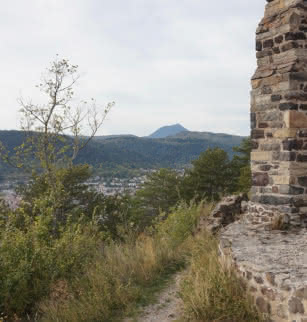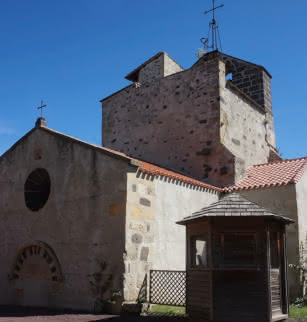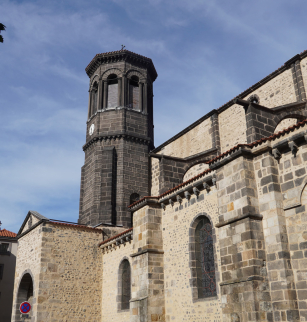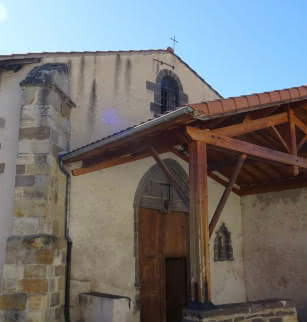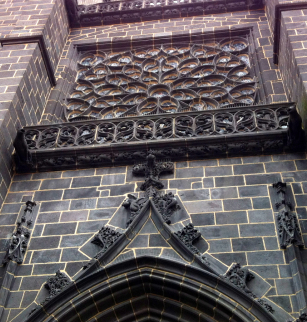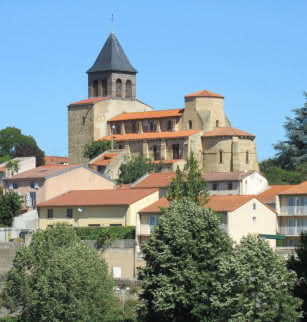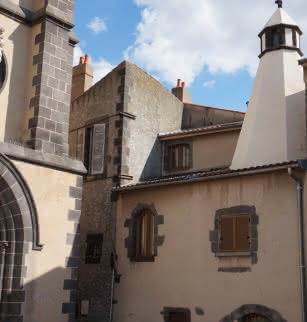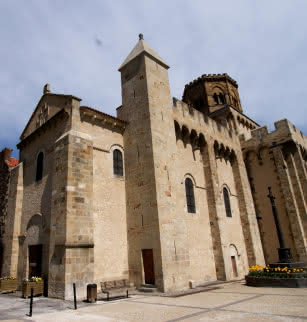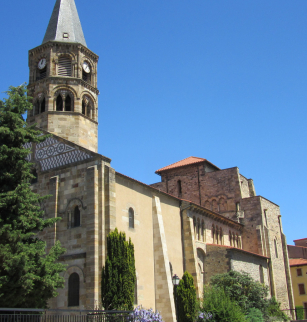Eglise Saint-Martin

Église Saint-Martin is a church with medieval foundations, revamped in the 19th century. It retains precious furnishings.
A village governed by the château de Montrognon/Chamalières, Ceyrat spiced up the tales of Auvergne. A franchise charter was granted to the inhabitants in 1351 and confirmed in 1377. The historic district was organised around Place du Four and forms an outline where we can see the fortification of 1540. With its medieval foundations, Église Saint-Martin was redesigned over the centuries. To the south, the present-day garden was the site of the cemetery. The church’s layout features a single nave with a semi-circular apse hidden in the constructions of the former village fort. Inside, the west-facing choir was extended in 1845. A single groin-vault nave, without aisle, is preceded by a gallery that corresponds to the bell tower raised on a square plan. The church was given a new façade by architect Hugues Imbert (1807-1876) in 1842. Hugues Imbert, architect of the Hospices of the city of Clermont-Ferrand designed the Église Saint-Martin d’Aubière, the Église Saint-Eutrope and the Chapelle de l’Hôpital général in Clermont-Ferrand. The neo-classical façade features a triangular pediment and Volvic stone pilasters. A spire was added to its bell tower in 1895. The monumental staircase preceding it enhances its grandeur.
The furnishings comprise mainly statues listed as historic monuments and a barrel organ that is also listed. The Volvic stone high altar, enamelled by artist Jean Jaffeux in 1965, evokes the Last Supper as well as field labour and wine making, activities that were specific to the municipality of Ceyrat.
Prices
- Free of charge.






